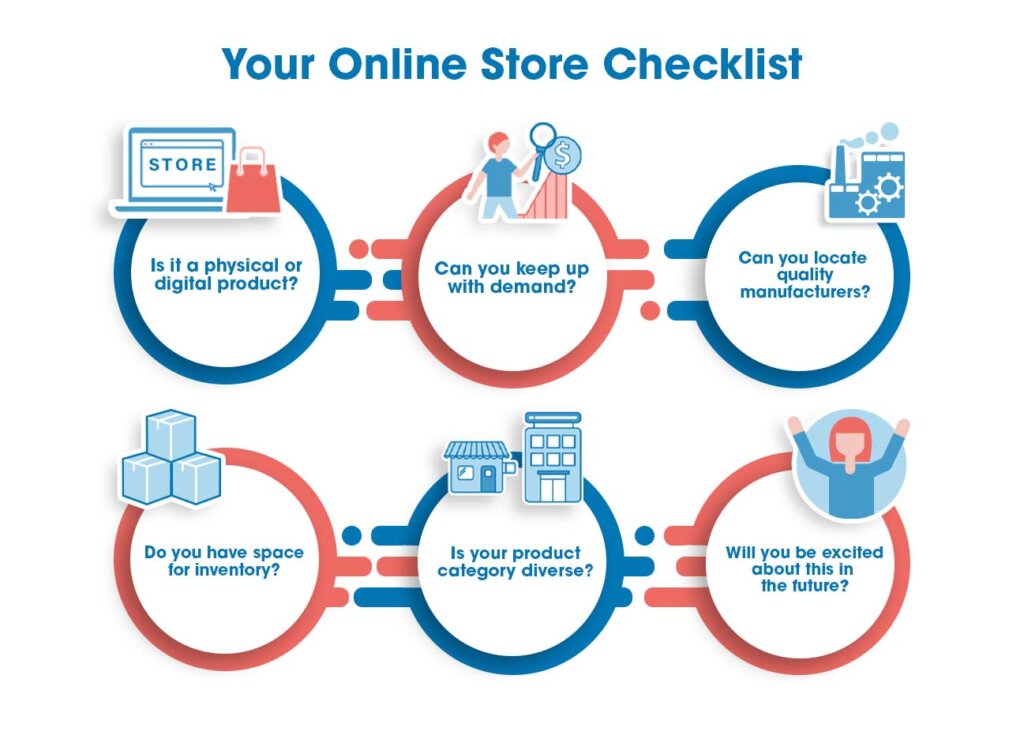How to Start an Online Store in Australia
With e-commerce continuing to thrive, starting an online store in Australia presents a lucrative opportunity for entrepreneurs. However, success requires careful planning, compliance with legal requirements, and effective marketing strategies. This step-by-step guide will walk you through everything you need to know to launch your online business in Australia.
Why Starting an Online Store is a Great Opportunity
The e-commerce market in Australia is booming, with millions of Australians shopping online each year. With the right approach, you can tap into this growing market and build a successful online store that meets consumer demands.

Step-by-Step Guide to Starting an Online Store
1. Conduct Market Research
Before diving into the e-commerce world, it’s crucial to understand your market and potential customers.
- Identify Your Niche: Find a specific segment of the market you want to serve. This could be based on product type, target audience, or a unique selling proposition.
- Analyze Competitors: Study your competition to understand what they’re doing right and identify opportunities to stand out.
- Understand Customer Needs: Use surveys, social media, and online forums to gather insights into what your target audience wants.
2. Create a Business Plan
A solid business plan will guide your online store’s growth and help you stay organized.
- Business Model: Decide whether you will hold inventory, use dropshipping, or offer digital products.
- Financial Projections: Outline your initial costs, pricing strategy, and revenue goals.
- Marketing Strategy: Define how you plan to attract and retain customers.
3. Register Your Business
Setting up your business legally is essential before you start selling.
- Choose a Business Structure: Options include sole trader, partnership, or company. Choose one that suits your business needs.
- Register Your Business Name: Make sure your name is unique and register it with the Australian Securities and Investments Commission (ASIC).
- Apply for an Australian Business Number (ABN): An ABN is required for tax purposes and conducting business legally in Australia.
4. Comply with Legal Obligations
Understanding and complying with Australian consumer law will help you avoid legal issues.
- Australian Consumer Law: Ensure you have clear terms and conditions, refund policies, and follow consumer protection laws.
- Privacy Policy: Outline how customer data will be collected, stored, and used in compliance with Australian privacy regulations.
5. Choose an E-commerce Platform
Your e-commerce platform will be the foundation of your online store. Choose one that suits your budget and technical requirements.
- Popular Platforms: Shopify, WooCommerce, BigCommerce, and Squarespace are popular choices for Australian businesses.
- Consider Ease of Use: Pick a platform that is easy to manage and offers customization options.
- Select a Domain Name: Choose a memorable domain name that reflects your brand and is easy for customers to find.
6. Design Your Online Store
A well-designed website is key to attracting and retaining customers.
- User Experience (UX): Make sure your website is easy to navigate, with intuitive menus and a clean layout.
- Mobile Optimization: With more people shopping on mobile devices, ensure your website is responsive and works seamlessly on all screens.
- High-Quality Visuals: Use professional product images and videos to showcase your products effectively.
7. Set Up Payment and Shipping
Integrating secure and convenient payment methods will make the buying process easy for customers.
- Payment Options: Include options like PayPal, credit card payments, and Afterpay to cater to different preferences.
- Shipping Solutions: Partner with reliable couriers and offer multiple shipping options, such as standard and express delivery.
- Shipping Policies: Clearly outline your shipping costs and estimated delivery times on your website.
8. Focus on Security
Security is a top priority for any e-commerce business to protect customer data and build trust.
- SSL Certificate: Secure your website with an SSL certificate to encrypt data and ensure safe transactions.
- Data Protection: Implement measures to protect customer information and comply with privacy laws.
9. Implement a Marketing Strategy
Promoting your store effectively will help drive traffic and increase sales.
- Search Engine Optimization (SEO): Optimize your product pages and content to rank higher in search engine results.
- Social Media Marketing: Use platforms like Facebook, Instagram, and Pinterest to engage with your audience and promote your products.
- Email Marketing: Collect email addresses and send out newsletters, promotions, and product updates to keep customers engaged.
- Influencer Partnerships: Collaborate with local influencers to reach a wider audience.
10. Launch and Monitor Your Store
Once your store is live, continually track its performance and make improvements.
- Test All Features: Before launching, thoroughly test your website to ensure everything works smoothly, from the checkout process to product pages.
- Monitor Analytics: Use tools like Google Analytics to track traffic, conversion rates, and customer behavior. Use these insights to refine your strategy.
- Gather Customer Feedback: Encourage customers to leave reviews and provide feedback on their experience to identify areas for improvement.
Tips for Success in the Australian E-commerce Market
- Understand Local Trends: Stay informed about consumer trends and adapt your offerings to meet changing demands.
- Offer Excellent Customer Service: Promptly respond to inquiries and resolve issues to keep customers happy.
- Stay Compliant: Regularly review your policies and practices to ensure they comply with Australian laws and regulations.
Conclusion: Start Your Online Store in Australia Today
Starting an online store in Australia requires careful planning and a focus on providing value to your customers. By following these steps and leveraging the right e-commerce tools, you can create a successful online business that thrives in the competitive market. Stay committed to continuous improvement, keep an eye on industry trends, and your store will be well on its way to success.




Leave a Reply